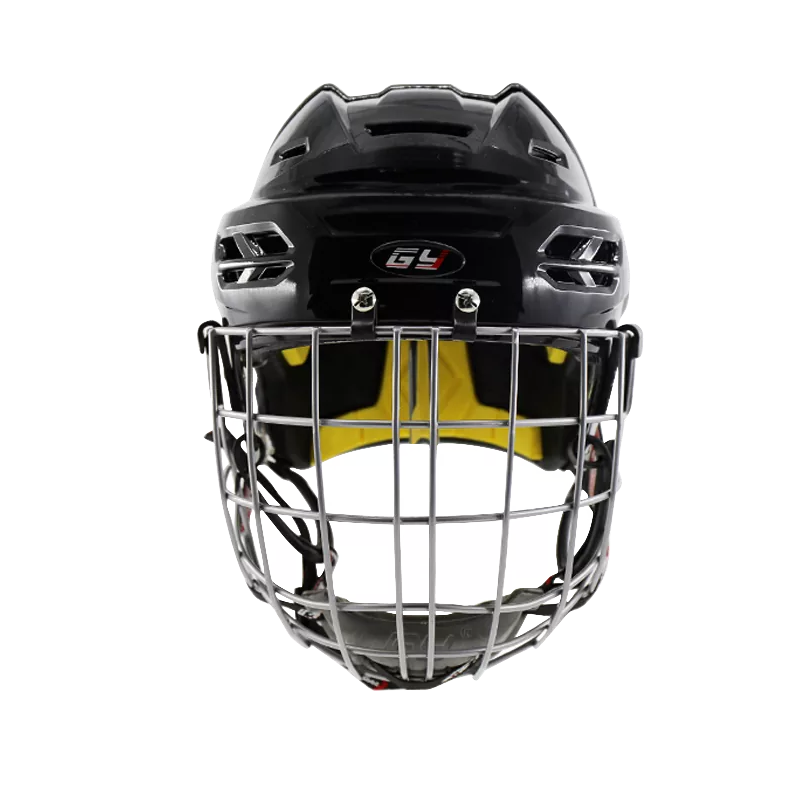Why do hockey helmets not cover the face?
2024-01-17
Hockey helmets are designed to protect the head from impact-related injuries, particularly concussions and skull fractures. While the primary purpose of a hockey helmet is to safeguard the skull, it does not typically cover the face for several reasons:

1. Visibility: Full face coverage could obstruct a player's vision, making it difficult for them to see the puck, other players, and the overall game environment. Unobstructed vision is crucial for player safety and effective gameplay.
2. Breathability: Hockey is a physically demanding sport, and players engage in strenuous activities on the ice. A helmet design that leaves the face exposed allows for better ventilation and breathability, helping players stay cool during intense gameplay.
3. Communication: Clear communication is essential in team sports like hockey. Exposed faces allow players to communicate with each other easily, whether through verbal cues or visual signals. Full face coverage could impede communication among teammates.
4. Comfort: Helmets with face coverage might be less comfortable for players, potentially causing discomfort during extended periods of wear. Comfort is essential for players to focus on the game without distraction.
5. Tradition and Regulation: Hockey has a long tradition of using helmets that do not cover the face. Additionally, hockey league regulations and standards often specify the design and features of approved helmets. These regulations prioritize safety while considering factors like visibility and comfort.
While helmets do not cover the face, many hockey players choose to wear additional facial protection, such as a cage or visor attached to the helmet. This added protection helps prevent injuries to the face, including cuts and dental injuries, without compromising visibility and breathability significantly.
It's worth noting that helmet regulations may vary between different hockey leagues, age groups, and levels of play. Players should adhere to the specific safety standards set by their respective hockey organizations and prioritize their safety on the ice.


